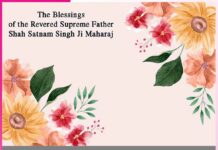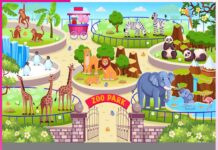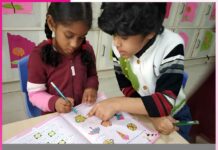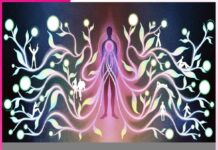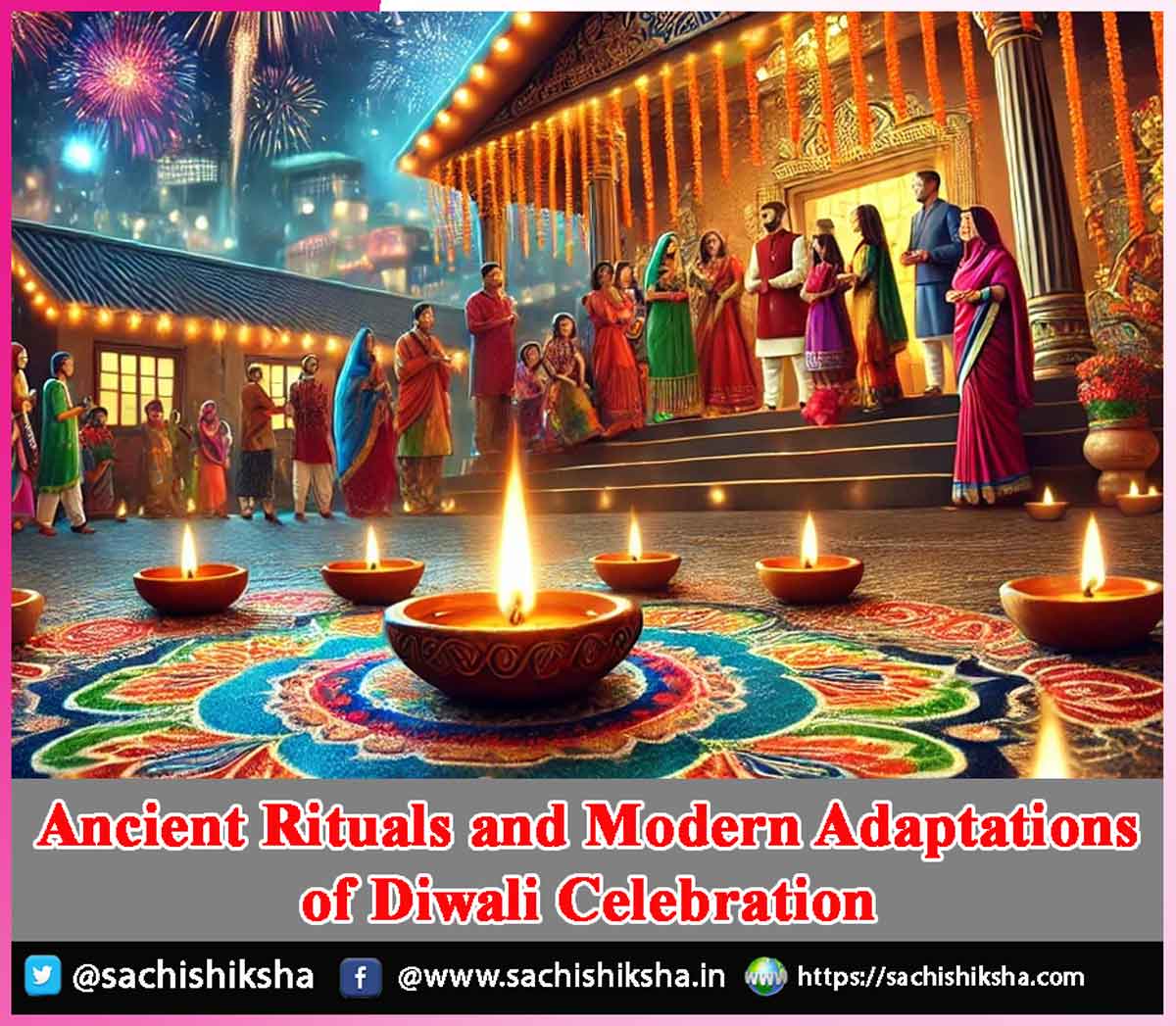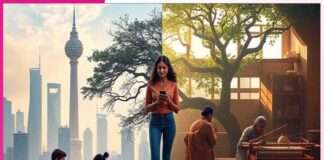Ancient Rituals and Modern Adaptations of Diwali Celebration
Introduction Diwali, the Festival of Lights, is one of the most celebrated festivals in India and among the Indian Diaspora worldwide. It symbolizes the victory of light over darkness, good over evil and knowledge over ignorance. Rooted in ancient traditions and rich cultural heritage, Diwali has evolved over centuries. Here we will explores the essence of Diwali as experienced in the past compared to the present, emphasizing cultural, social, and technological changes that have shaped this festive occasion.
Table of Contents
Historical Context of Diwali
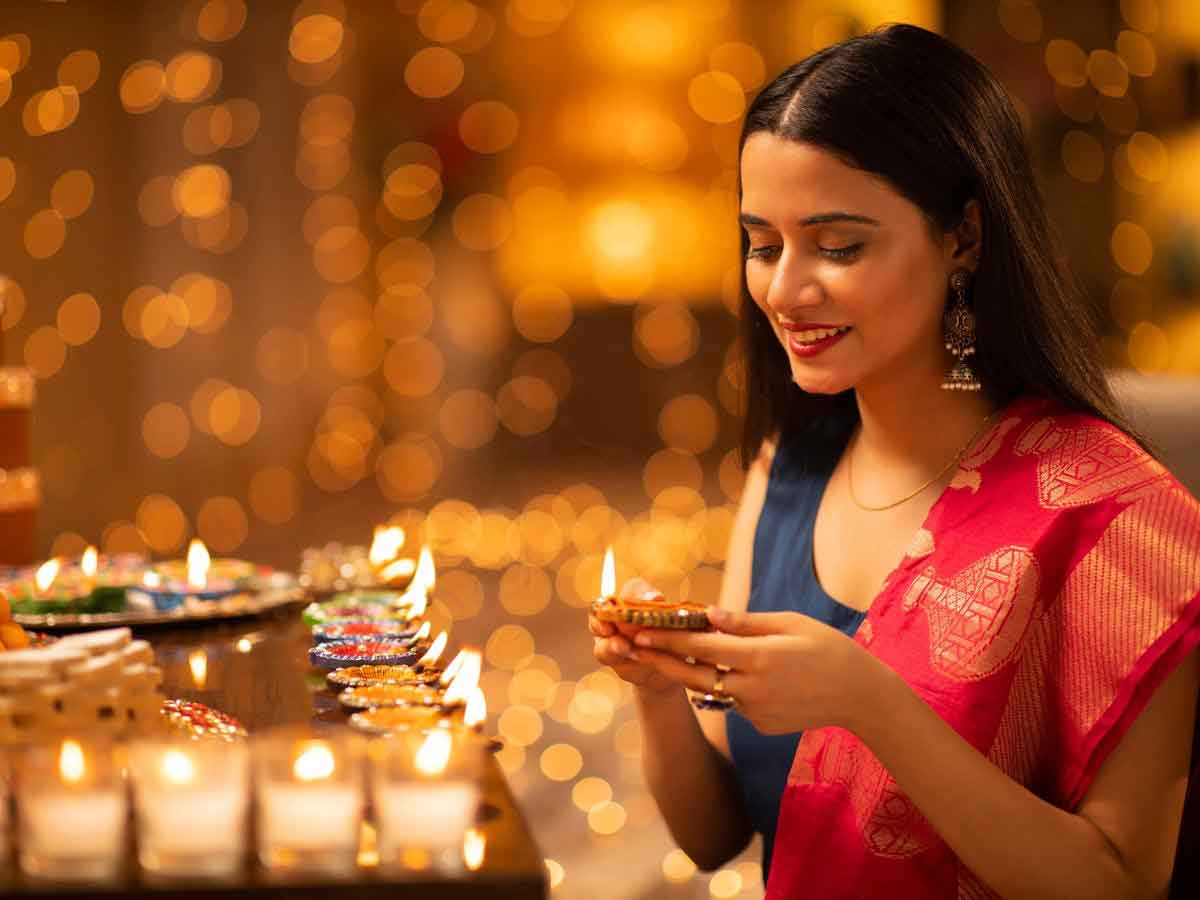 The origins of Diwali can be traced back to various ancient texts and myths, predominantly within Hinduism, but also in Jainism and Sikhism. In Hindu tradition, Diwali is primarily associated with the return of Lord Rama to Ayodhya after His 14-year exile and victory over the demon king Ravana. The people of Ayodhya illuminated the city with lamps to welcome their king home, symbolizing the triumph of good over evil.
The origins of Diwali can be traced back to various ancient texts and myths, predominantly within Hinduism, but also in Jainism and Sikhism. In Hindu tradition, Diwali is primarily associated with the return of Lord Rama to Ayodhya after His 14-year exile and victory over the demon king Ravana. The people of Ayodhya illuminated the city with lamps to welcome their king home, symbolizing the triumph of good over evil.
In Jainism, Diwali marks the moment of Lord Mahavir’s attainment of Moksha (liberation) in 527 BCE, while Sikhs celebrate the release of Guru Hargobind Ji from imprisonment. These diverse narratives have woven a rich tapestry of meanings around the festival, each highlighting the themes of light, knowledge, and righteousness.
Traditional Customs
In ancient times, Diwali celebrations were steeped in tradition and cultural significance. The customs varied regionally, yet some practices were universally embraced:
Preparations and Cleaning:
In the days leading up to Diwali, families would engage in thorough cleaning of their homes, believing that it would invite prosperity and happiness. This practice reflected the connection between physical cleanliness and spiritual purity.
Rangoli and Decorations:
Homes were adorned with intricate rangoli designs made from colored powders, rice, and flower petals at the entrance. This art form not only beautified the surroundings but also served as a welcoming gesture for guests and deities.
Lighting Diyas:
The lighting of diyas (oil lamps) is perhaps the most iconic symbol of Diwali. Families would place these small lamps around their homes and in courtyards to dispel darkness and invite positive energy. The warm glow of the diyas created a magical atmosphere, symbolizing hope and enlightenment.
Puja (Worship) Rituals:
On the main day of Diwali, families would gather to perform puja, offering prayers to Goddess Lakshmi, the deity of wealth, and Lord Ganesha, the remover of obstacles. The rituals included chanting of mantras, offering sweets, and lighting incense, fostering a deep spiritual connection.
Sweets and Festive Foods:
Preparing and sharing sweets were a central part of Diwali celebrations. Traditional sweets such as laddoos, barfis, and jalebis were made at home and exchanged with neighbors and friends. This practice reinforced community bonds and reflected the spirit of sharing.
In ancient times, Diwali was not just a festival; it was a community event where families and friends gathered to celebrate the harvest, honor deities, and strengthen communal bonds. Traditional rituals included lighting oil lamps, decorating homes with flowers and rangoli (artwork made from colored powders), and performing prayers (Puja) to seek blessings for prosperity and happiness.
Diwali in the Past
- Community Celebrations: In earlier generations, Diwali was a community-centric festival. Neighbors would come together to clean their surroundings, decorate their homes, and share sweets. The spirit of sharing and camaraderie was prevalent, with communal feasts being a common sight.
- Traditional Practices: Families adhered to traditional customs, often passed down through generations. From the meticulous preparation of sweets like laddoos and barfis to the crafting of homemade decorations, the festival embodied a sense of belonging and cultural continuity. Children participated eagerly, learning the significance of each ritual, enhancing their understanding of heritage.
- Simple Joys: The joy of Diwali in the past was often simple. Fireworks were less commercialized, and families would light sparklers and small crackers together, creating a sense of wonder and excitement without the overwhelming noise and pollution seen today. The focus was more on spiritual reflection, family bonding, and gratitude for the year gone by.
- Nature Connection: Diwali celebrations were closely tied to nature. People often used natural materials for decorations, like clay diyas (lamps) and flower garlands, fostering a connection to the environment. The festival also marked a time of harvest, and many communities celebrated by giving thanks for bountiful crops.
The Evolution of Diwali
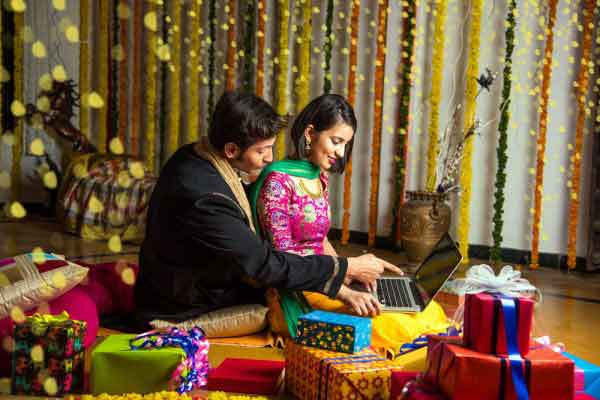
- Commercialization: The commercialization of Diwali is one of the most notable changes. From extravagant sales promotions to lavish decorations, the festival has morphed into a consumer-driven event. Businesses capitalize on the occasion, pushing for increased sales of items ranging from sweets to home appliances. While this brings economic benefits, it often detracts from the festival’s spiritual significance.
- Technological Influence: The advent of technology has transformed how Diwali is celebrated. Social media platforms allow people to share their celebrations instantly, creating a global community. Virtual greetings and online shopping have become commonplace, changing the way people connect and exchange gifts. However, this shift can sometimes lead to a superficial understanding of the festival.
- Environmental Concerns: Modern Diwali celebrations face criticism due to their environmental impact. The use of firecrackers has significantly increased, leading to air and noise pollution. In response, there has been a growing movement advocating for eco-friendly celebrations, such as using green crackers and emphasizing decorations that are sustainable. This awareness reflects a broader societal concern for the environment that was less prominent in the past.
- Diverse Celebrations: As the Indian diaspora has expanded globally, Diwali has adapted to various cultural contexts. In Western countries, it is celebrated with fusion elements, blending traditional practices with local customs. This has led to a rich tapestry of Diwali celebrations that reflect diverse cultural identities while maintaining core values.
The Contemporary Spirit of Diwali
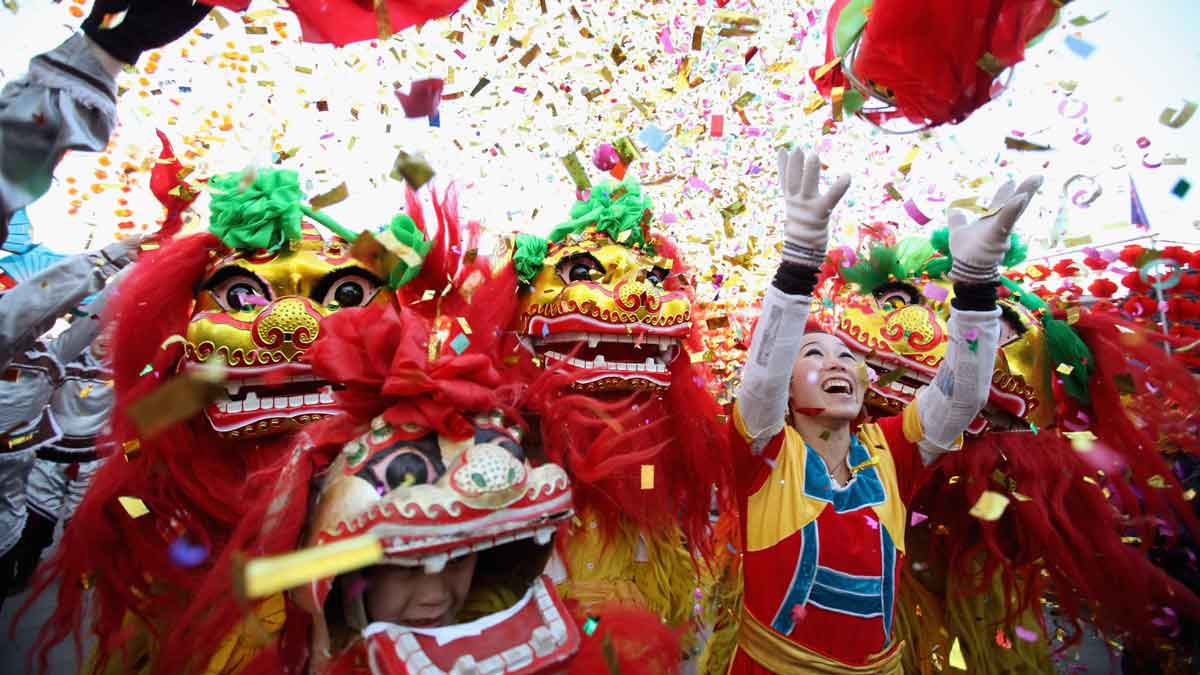
- Family and Togetherness: Modern families still prioritize spending time together during Diwali. While some traditions may have evolved, the core value of family remains central. Many people travel long distances to be with their loved ones, ensuring that the festival is a time for reunion and bonding.
- Community Engagement: There is a renewed emphasis on community engagement. Local initiatives often organize community Diwali events, bringing people together regardless of their backgrounds. These gatherings reinforce social bonds and foster a sense of belonging, mirroring the communal spirit of past celebrations.
- Spiritual Reflection: Despite the distractions of modernity, many individuals seek to maintain a spiritual connection during Diwali. Rituals like lighting diyas, performing pujas, and participating in community prayers serve as reminders of the festival’s deeper meanings. People often reflect on their lives, seeking personal growth and clarity as they enter the New Year.
- Embracing Change: The adaptability of Diwali to changing times showcases the resilience of cultural practices. Younger generations often blend traditional and modern elements, creating unique celebrations that resonate with their identities. This evolution keeps the festival relevant while honoring its rich heritage.
Conclusion
Diwali, as a festival, has transformed over the centuries, adapting to the changing landscapes of society, culture, and technology. While past celebrations focused heavily on community and traditional practices, today’s Diwali reflects a blend of cultural diversity, commercial influences, and technological advancements.
Yet, despite these changes, the fundamental values of love, light, and togetherness remain unchanged. As we celebrate Diwali in contemporary times, it is essential to balance the old and the new, ensuring that the festival continues to inspire hope, joy, and unity for generations to come. Whether through traditional rituals or modern adaptations, the spirit of Diwali—celebrating the triumph of light over darkness—will always hold a special place in our hearts.










